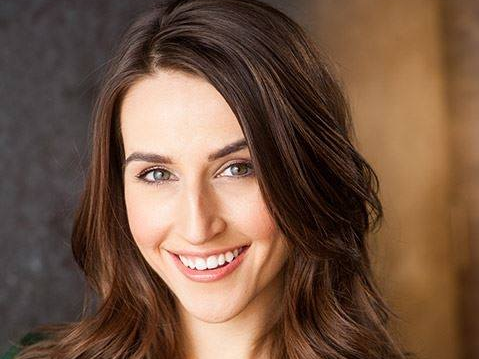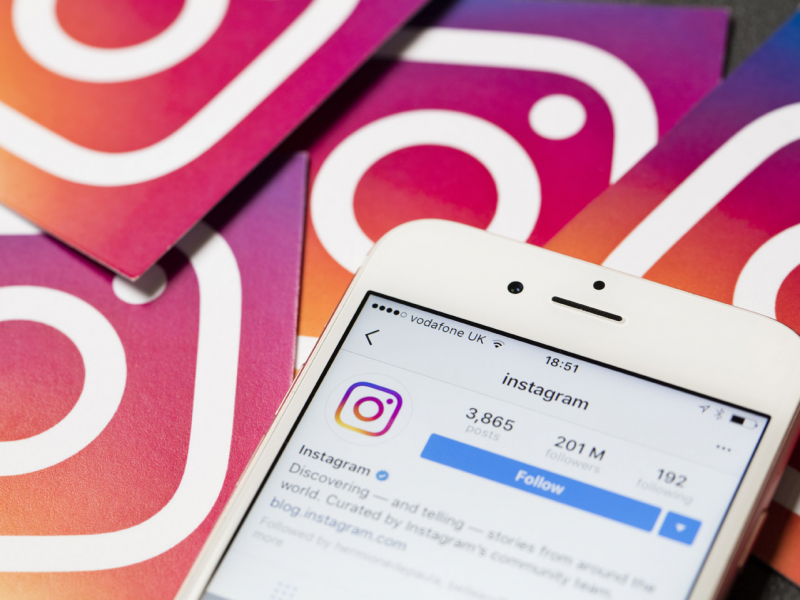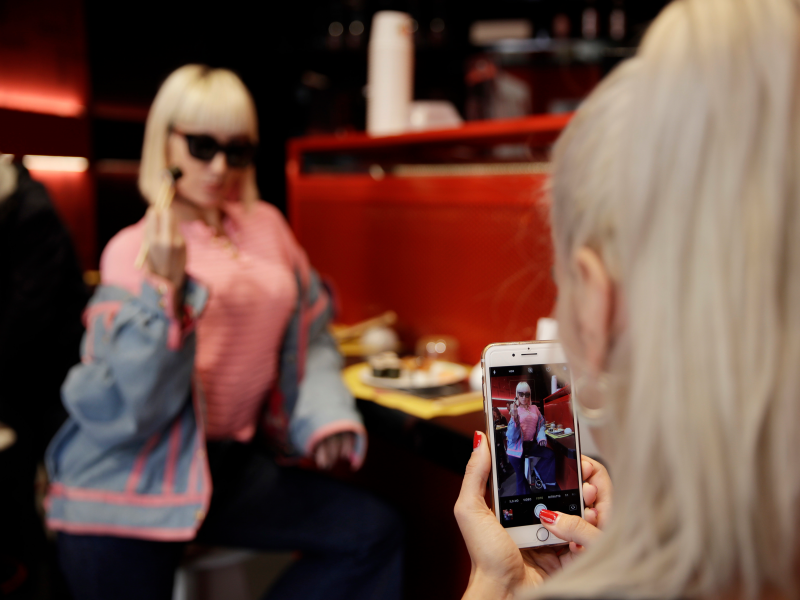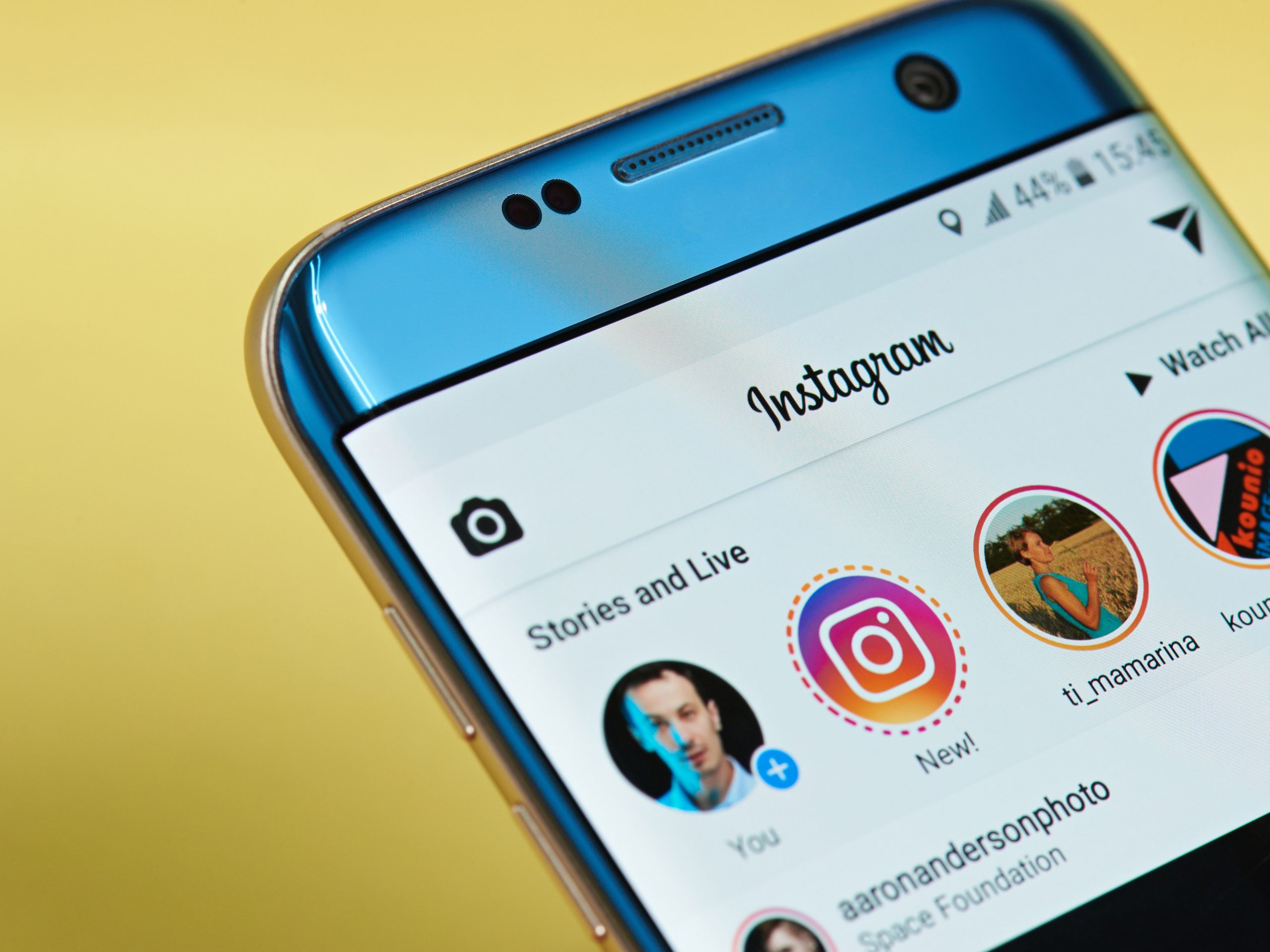- Jenny Beres is the cofounder and president of Pink Shark PR and Pink Shark Studios. Jenny helps her clients get rich, famous, or both by leveraging the power of influencer marketing to create engaging and exciting campaigns.
- Beres says that influencer marketing is often misunderstood and misused, but when used correctly it can have a big impact.
- There are three main things people get wrong when it comes to influencer marketing: They never actually ask for the sale, they think one post will be enough, and they don’t give influencers enough direction.
- Visit Business Insider’s homepage for more.
Influencer marketing.
It’s the magical misfit of marketing, the supposed sales heavy-hitter that 49% of modern consumers depend on to make buying decisions, the branding unicorn that generates 8X the ROI, and yet it’s the only marketing strategy where its success has been accepted as an outright mystery. We just throw products up on an influencer’s platform and if it works, it works. If it doesn’t, we complain and write off influencer marketing like a scorned lover.
As a long-time influencer marketing and sales pioneer, this approach to influencer marketing never ceases to amaze me. Influencer marketing is the magic word of mouth strategy we all strive for, but on steroids – the steroids being the power of the entire internet.
Candidly, there’s been a lot of disappointment around influencer marketing. A lot of high hopes and half-baked efforts, with the results to match. And frankly, this comes from mismanaged expectations and abuse of the strategy as a whole.

So why are your campaigns - complete with glossy pictures of influencers enjoying coffee under their perfectly coiffed Christmas trees - barely getting your sponsored posts any real, sales-producing engagement?
As someone who has fixed more broken influencer campaigns than a plumber fixes toilets - I once took a profitable beauty company that had zero Instagram presence and no influencer sales to 1,500 influencer-generated sales in just two days after launching a campaign, leading the COO to be so overwhelmed that they begged me to please turn the campaign off - I can identify a few big areas in which marketing teams get influencer sales all wrong.
It really ramps up during the holiday season, when everyone wants a piece of the ROI pie, by throwing influencer-shaped spaghetti against the wall. Followers will enjoy your pretty pictures, the influencers will enjoy the free products, and maybe their audience will click and buy at random, but why would you leave your revenue to random chance?
You don't pay an influencer over $5,000 to be random. The good news? It's a much easier fix than you think.
Here are the three major reasons why your influencer campaigns are tanking this holiday season, and how to save them just in time to fa-la-la-la-la out of 2019 and ring in Q1 flush with influencer-generated cash.
1. You never asked for the sale

If you want the sale, you have to ask for the sale. It's really that simple. Take a look at your last campaign (or the current campaign that's tanking) and locate where and how the influencer wrote copy that specifically asked for the sale.
Chances are they didn't. Or if they did, it was posted carelessly on a one-and-done post. Influencers are marketers: They have influence, they have an audience, but they are not necessarily copywriters, and even fewer of them are true sales experts.
This isn't necessarily a bad thing or a dealbreaker, but you do have to communicate what you want in terms of copy from your influencer. That means you have to pay attention to how your influencer writes before hiring them based on analytics alone, and you need to be willing to direct them.
Guiding influencer copy does not mean that every post is a hard sell (far from it), but it does mean that you have to prepare the influencer's audience through brand awareness and then ask for the sale. It isn't much different than asking someone to marry you on a first date, and then being shocked when they say "Hell no" and call the cops.
The issue is most people don't want to ask for it. We're afraid that if we ask for the sale, the audience won't respond well, or that somehow we'll break influencer marketing by simply asking our audience to buy. That is only true if you can't sell your way out of a paper bag.
Go back to basics. Influencer marketing is content marketing first and foremost, and while there's room for innovation, most people forget that the same "rules" you'd apply to other forms of online selling not only apply but work even better when applied to influencer marketing.
Your influencer has to ask for the sale while providing value and entertainment at the same time. If they do this, you will absolutely see an increase in sales immediately. Which means you must work with the influencer to write copy and build a content strategy that creates solid relationships between you and their audience, and - most importantly - converts them.
2. You expect miracles from one post

Would you write one blog post and expect to convert a ton of leads?Would you send one email about your Black Friday Sale and expect to convert a bunch of buyers? Would you post to Facebook one time, and expect to grow your following? No, no, and no.
So please tell me why you're okay with paying for one post at a time. In the 80's, we called those one-hit wonders. I don't care what the influencer's following is like. I don't care that their engagement is bananas. One post isn't going to cut it - ever. At best, you'll get ignored. At worst, you'll get ignored by the minuscule fraction of people who even saw the darn thing to begin with. Either way, it doesn't work. And you've spent a pretty penny on one post, for literally nothing.
If you want your brand's name to be memorable, and if you actually want to build a relationship with the people hanging out on your influencer's platform, use your sales/marketing head. It takes going the distance. It takes more than cheaping out on just one post. You might think you're saving money "testing" out the influencer, but in actuality you're flushing cash straight down the can.
When I'm working with influencers for my clients, I commit to four to seven pieces of influencer-generated content per month, and I work to get my influencers on retainer so if the first month is a success, I work with them for three, six, and 12 more months. By doing this, I have ample time to warm up their audience, get to know them, integrate a higher percentage of their audience into ours, and create content they want to engage with and buy from. Oh, and by hiring an influencer for ongoing work, I actually pay less per post because influencers appreciate the loyalty and relationship.
3. You gave the influencer no direction

You heard that influencers don't like to be micromanaged?
Well, they also don't love having zero clue what you want from them and being the head-honcho of your failing campaign. Call me a control freak, but I micromanage. Every influencer I've ever worked with (and I have worked with dozens of top influencers at every tier and now have a loyal influencer network) has been grateful for the help and clear expectations.
Influencers like to be helped - they want you to succeed with them.
What they don't like is getting bossed around by marketing managers who don't actually have a plan, or understand their audience, and are just a general ball of frustration - or don't communicate. If you want your influencer campaigns to be successful, you can't just send over a product, decide on where the post is happening, and take the laissez-faire approach - or what I call the lazy-faire approach.
Give the influencer direction, set goals, set expectations, let them do what they do best, but understand that they aren't going to be the one who knows how to sell your product. You are. If you want success with the influencers you work with, you're going to have to roll up your sleeves and contribute some mental muscle.
These three steps seem so simple, but are major contributors to how well your sales do this holiday season (and beyond) with influencers. Stop making excuses for why your campaigns don't work, stop being okay with mediocre results, and please stop blaming the influencers you hire.
Influencer marketing will never be a strategy that you can just throw money at and hope it works out, but with the right strategy, long-term plan, loyal influencers, and killer content, the amount of sales you can leverage from influencer marketing is literally second to none.
Jenny Beres is the cofounder and president of Pink Shark PR and Pink Shark Studios. An influencer outreach powerhouse, Jenny helps her clients get rich, famous, or both by leveraging the power of influencer marketing to create engaging and exciting campaigns that help talented founders, entrepreneurs, entertainers, and brands create fame, brand authority, and - of course - increased sales. Follow her on Instagram.
